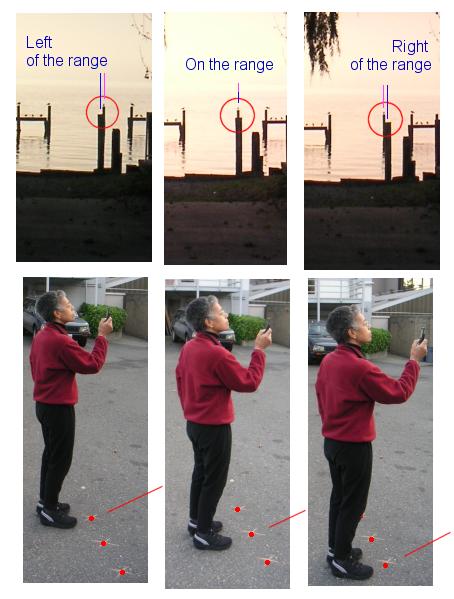|
Author
|
Topic: Sensitivity of range measurements
|
David Burch
|
 posted October 28, 2006 08:35 PM
posted October 28, 2006 08:35 PM


Finding an LOP by natural ranges (called transits in the UK) is one of the most accurate means of piloting. Easy and precise. Here is an example to illustrate the point.
The observer is viewing two pilings in a line (in range) and then steps to the left and right just enough to be unambiguously off the range as seen in the pictures.
In this example, she had to step just 18 inches to the left or right, showing how very accurately you can maintain a line of position... or course line when following range lights or markers into a harbor.
This is also a way to check for current set. Watching a range closely you will know very quickly if you are getting set to the left or right.
The closest piling is 72 yards off, the farthest about 64 yards behind it. For more distant range markers, the alignment sensitivity would scale proportionally.

Here is an overhead view showing the layout of the pilings and observer location on land.

From: Starpath, Seattle, WA
|
|
|









